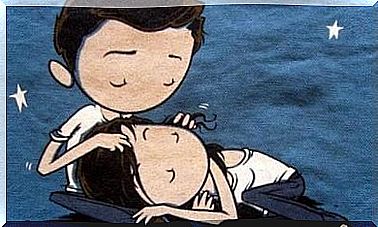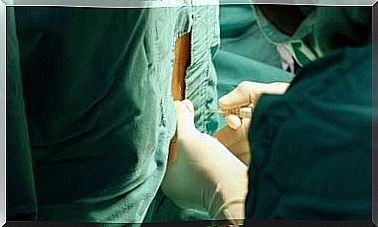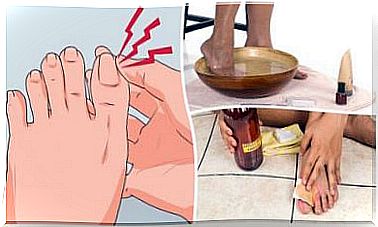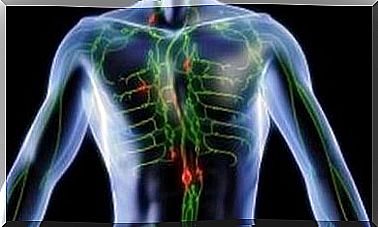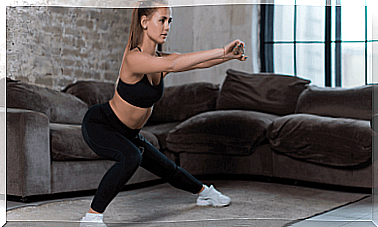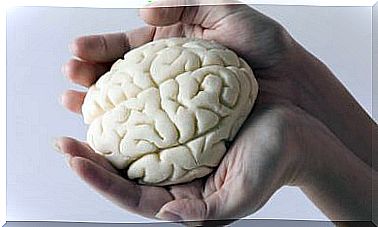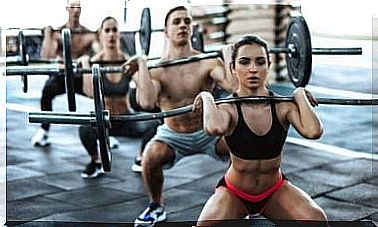Arthrosis Of The Spine: Diagnosis And Treatment

Arthrosis of the spine is the degeneration of the nucleus pulposus of the intervertebral discs, which lose thickness and density as a result of normal wear.
How does osteoarthritis of the spine evolve?
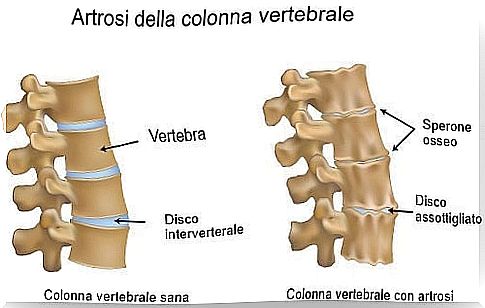
In the young spine, the intervertebral disc is thick and gelatinous. Over the years, it begins to dehydrate and thin as the composition of the nucleus pulposus changes.
From the age of 30 to 40 it is normal for x-rays to show the first signs of vertebral arthrosis. They can be seen in different points of the spine, regardless of whether there is pain or not.
As the disc wears out, the ability to amortise decreases; therefore the load borne by the vertebrae increases and the bone grows. So-called osteophytes or “parrot’s beak” spurs appear, which can sometimes join neighboring vertebrae.
These only cause problems if they produce spinal stenosis or compress the nerve. The more or less early appearance of this process and its course depend on a set of genetic, nutritional, traumatic and mechanical factors.
80% of the world’s population experience back pain at some point in their life. All adults, over the years, show signs of degeneration of the intervertebral discs.
Risk factors
Several scientific studies have shown that:
- Being overweight does not accelerate disc degeneration. Conversely, a progressive weight gain of up to 12 kg slows it down. The effect in the case of greater overweight is not known.
- Smoking has negative effects.
- Working with heavy loads has a minimal effect on wear.
- Genetics is the main determining factor in disc degeneration.
Symptoms of osteoarthritis of the spine
Some of the symptoms of osteoarthritis of the spine are :
- Intermittent lower back pain.
- Stiffness of the spine upon waking that decreases during the day and with physical activity.
- Lower back pain that radiates to the buttocks, thighs and pelvic region.
- Loss of strength in the legs.
- Pain and stiffness in the neck.
- Limited mobility of the spine and difficulty in bending and walking.
As the disc wears, the muscles have to work harder to support the spine and maintain balance during movement. If the musculature is strong and resilient enough and the different muscle groups coordinate well, it can take on an additional effort.
Studies carried out so far show that there is no relationship between the degree of disc degeneration and the presence of pain. The more developed the musculature, the less direct this relationship is. For this reason, some cases of very advanced degeneration are not accompanied by pain, but only if the musculature is adequate.
Diagnosis

The diagnosis of osteoarthritis of the spine is based on the presence of symptoms such as pain, stiffness and limitation in movement. But also on the physical examination, during which pain and poor mobility of the lumbar spine are noted. The most common complementary examinations are x-rays of the spine.
Treatment
The aim of the treatment is to relieve pain and improve the patient’s quality of life. For this purpose, there are alternative possibilities such as physiotherapy, drug treatment or surgery.
Pharmacological treatment consists in the use of analgesics such as paracetamol. Nevertheless, if it is not sufficient, it can be associated with anti-inflammatories during the acute phase of pain. If not available, opioid pain relievers such as tramadol may be useful.
People with severe osteoarthritis of the spine can experience associated neurological complications. In these cases, compression of a nerve or stenosis of the canal requires treatment with another type of drug such as pregabalin or gabapentin.
Postural advice and physiotherapy treatments are also useful. By combining all the possibilities, it is possible to relieve the symptoms of osteoarthritis.
